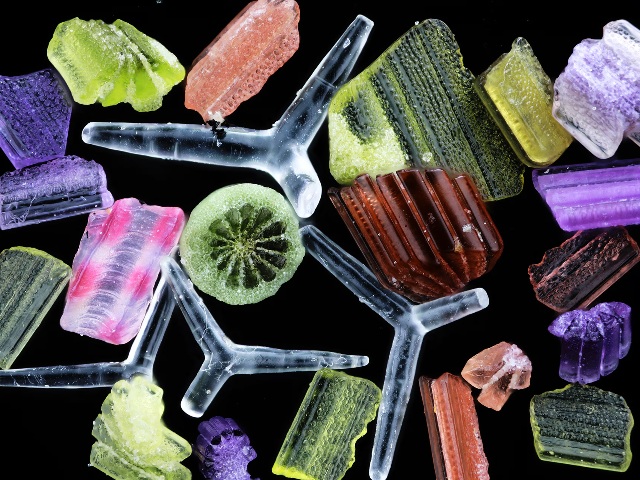
-
Marvel At Tiny Things Beyond Your Seeing Eye With These Phenomenal Shots From The Nikon Small World Competition [Images]
18 Oct 2024 by Tayla in Digital Photography, Lifestyle, Nature, Tech/Sci, World
[imagesource: Zhang Chao / Chinese Academy of Sciences / Nikon Small World]
Each year, the delicate dance between cutting-edge science and breathtaking artistry comes to life in Nikon’s Small World photomicrography competition.
Since its inception in 1975, the contest has celebrated the hidden wonders of nature through the lens of a light microscope, revealing worlds beyond the naked eye.
Both scientists and passionate hobbyists submit their work, all vying for the $3,000 grand prize. This year marks the competition’s 50th anniversary, with an awe-inspiring 2,100 entries from 80 countries across the globe.
“Sometimes, we overlook the tiny details of the world around us,” said Eric Flem, communications manager at Nikon Instruments. “Nikon Small World serves as a reminder to pause, appreciate the power and beauty of the little things, and to cultivate a deeper curiosity to explore and question.”
Whether eerie or ethereal, the images never fail to captivate—and this year’s collection is no exception.
This year’s top prize went to a stunning and groundbreaking image of mouse brain tumour cells, captured by Bruno Cisterna, a faculty member at Augusta University’s Medical College of Georgia. The photograph offers a rare glimpse into the intricate architecture of the cell’s cytoskeleton—the microscopic framework and “highways” known as microtubules. Disruptions in these vital structures, as the image reveals, are linked to devastating diseases like Alzheimer’s and amyotrophic lateral sclerosis (ALS, or Lou Gehrig’s disease), offering both scientific insight and visual wonder.
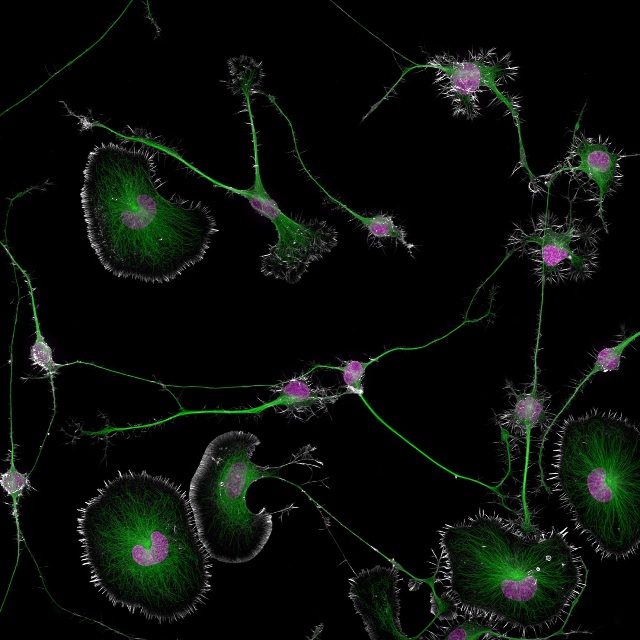
Image: Bruno Cisterna & Eric Vitriol / Medical College of Georgia at Augusta University / Nikon Small World
Second place was awarded to Marcel Clemens, an astronomer turned photographer based in Italy. His image shows an electrical arc between a pin and a wire.

Image: Marcel Clemens (Verona, Italy) / Nikon Small World
This captivating image of a cannabis leaf, taken by Chris Romaine from Port Townsend, Washington, highlights the delicate, hairlike structures known as trichomes. These tiny appendages are adorned with shimmering cannabinoid vesicles—fluid-filled, blister-like bubbles that encapsulate the plant’s potent compounds.
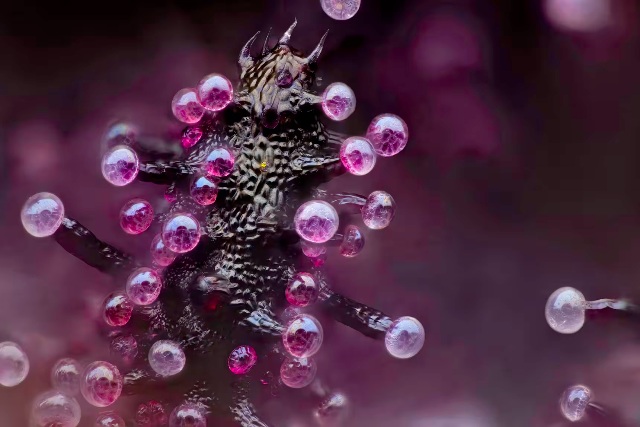
Image: Chris Romaine (Port Townsend, Wash.) / Nikon Small World
Now marvel at golden bug eggs on a sage leaf:
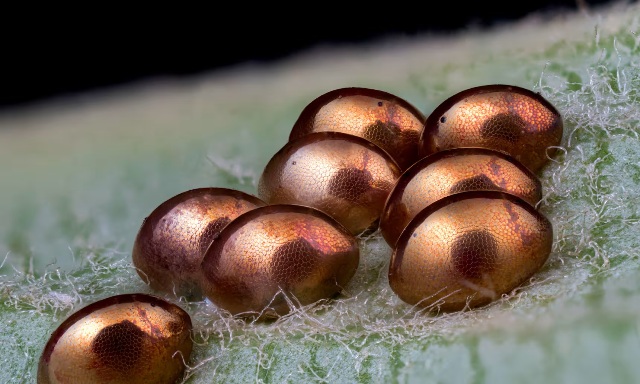
Image: Jochen Stern (Germany) / Nikon Small World
As well as the autofluorescence in the face of a little two-spotted ladybird, the British and Canadian name for a ladybug:
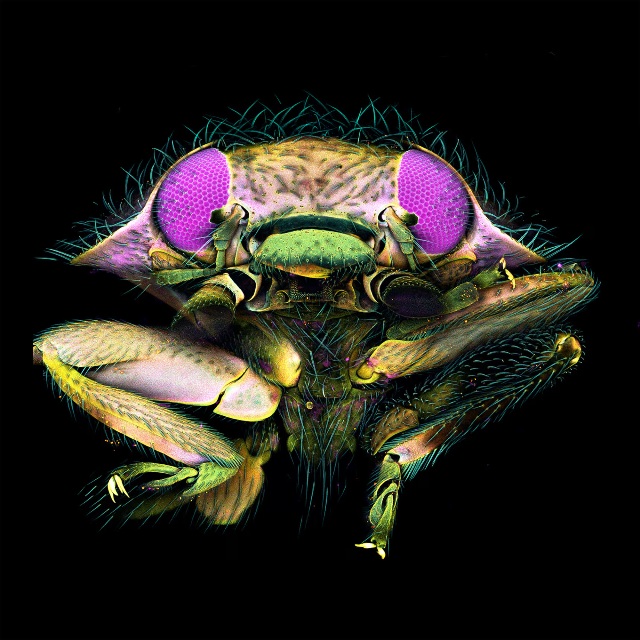
Image: Angus Rae / Australian National University / Nikon Small World
And this pair of water fleas with embryos, left, and eggs, right:
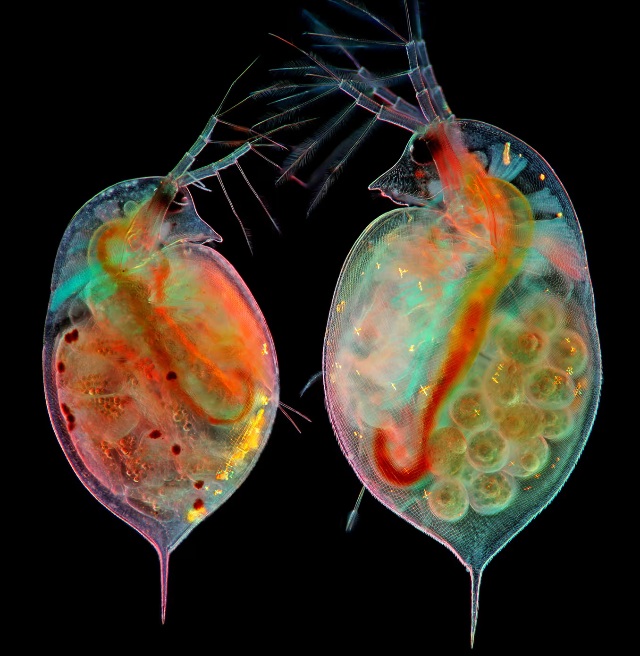
Image: Marek Miś Photography (Poland) / Nikon Small World
This focus-stacked composite of 337 exposures at 10x lifesize of a slime mold from California’s Eldorado National Forest is wow:
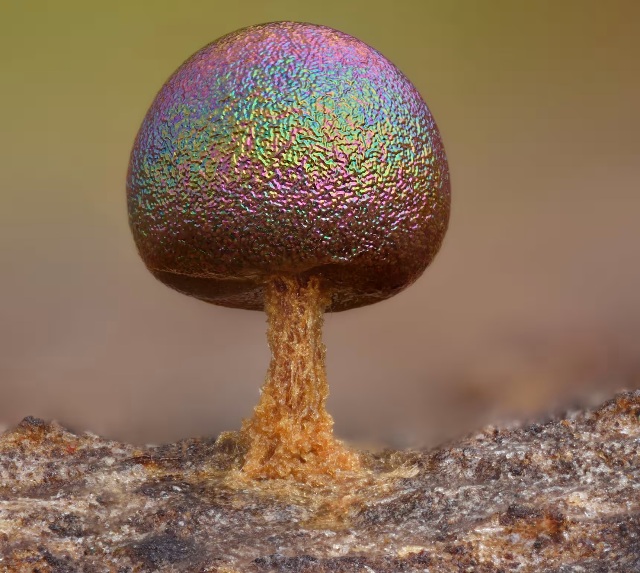
Image: Timothy Boomer / WildMacro.com / Nikon Small World
A slime mould on a rotten twig with water droplets has never been more stunning:
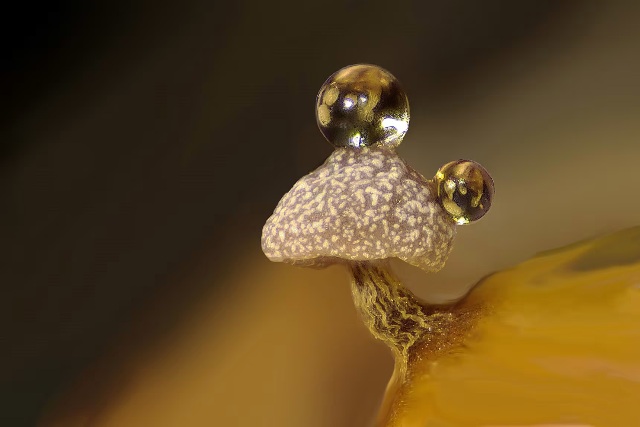
Image: Ferenc Halmos (Hungary) / Nikon Small World
Nor has a mosquito larva:

Image: Anne Patricia Algar (U.K.) / Nikon Small World
Or the eyes of a green crab spider:
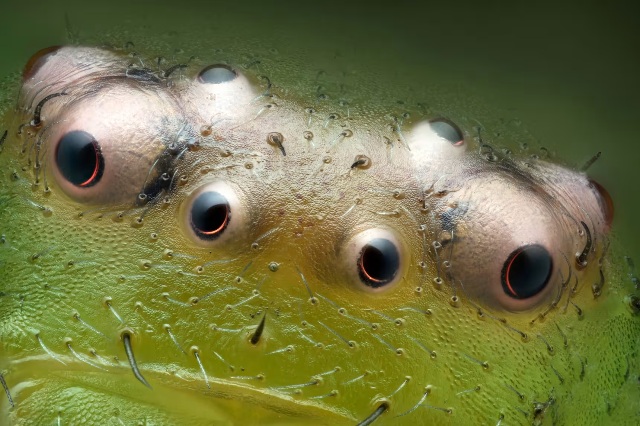
Image: Paweł Błachowicz (Poland) / Nikon Small World
Who would have thought that a recrystallised mixture of hydroquinone and myoinositol would be so crazy cool:
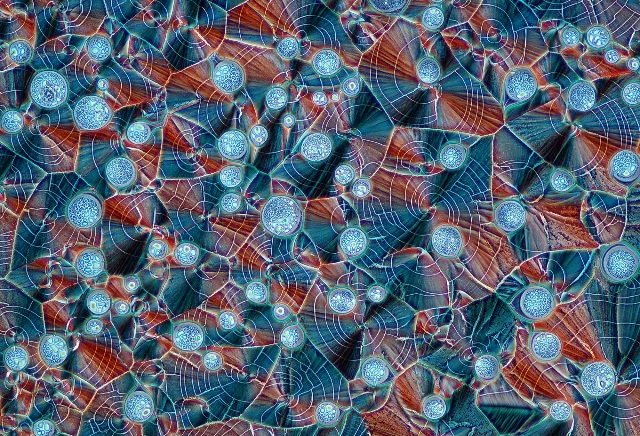
Image: Marek Miś Photography (Poland) / Nikon Small World
Okay, now we’re getting a little more freaky with this insect egg parasitised by a wasp. Yes, there is a wasp in there:
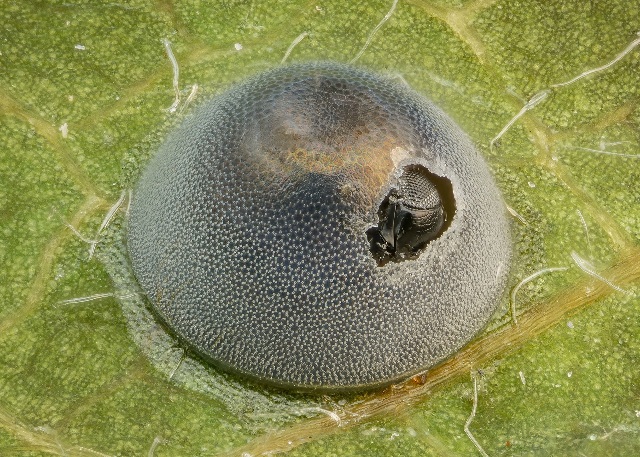
Image: Alison K. Pollack (California) / Nikon Small World
This is made up for by this shot of the wing scales of a butterfly on a medical syringe needle:
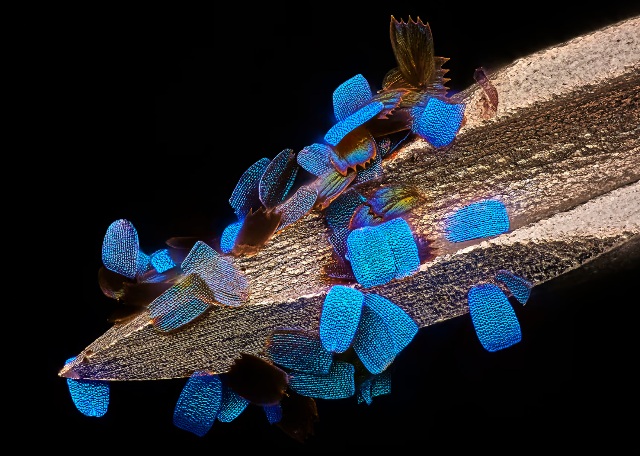
Image: Daniel Knop (Germany) / Nikon Small World
How is it that this transverse section of the stem of a bracken fern is grimacing?
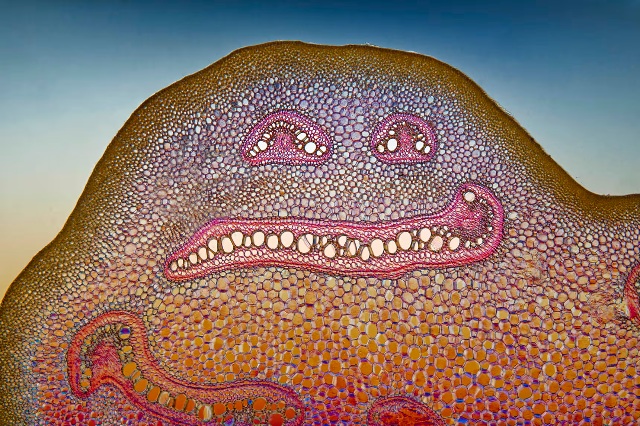
Image: David Maitland / St. Andrew’s / Nikon Small World
Ending off on a high note with this electrifying image of the nervous system of a young sea star:
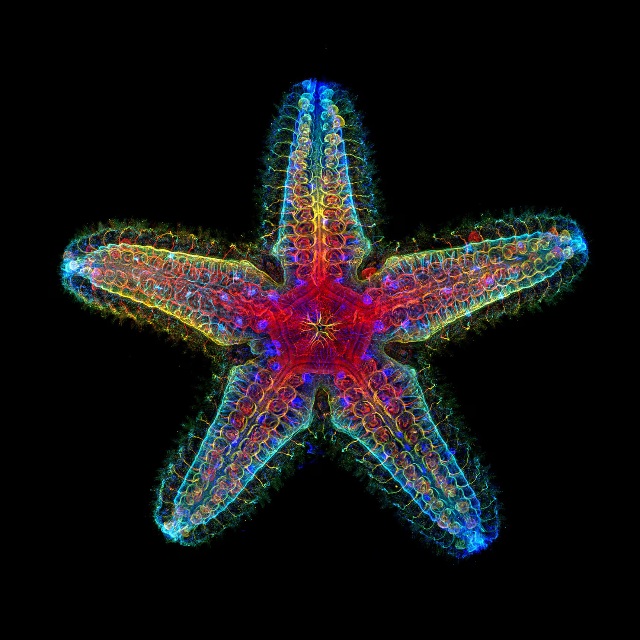
Image: Laurent Formery & Nathaniel Clarke / Stanford University / Nikon Small World
Now go and spot more tiny things to marvel at!
[source:nbcnews]
Latest News
-
Breakfast Of Champions: Hollywoodbets Kenilworth Racecourse Breakfast Gallops Is Back!
[imagesource:CapeRacing] For a unique breakfast experience combining the thrill of hors...
-
Need NYE Plans? Cafe Caprice’s Night Of Enchantment Masquerade Party Could Do The Trick
[imagesource:howler] If you're still stumped about what to do to ring in the new year -...
-
Buckingham Palace Steps In After Staff Christmas Party Spirals Out Of Control
[imagesource:maxandeli/facebook] It's not just in corporate that staff parties get a li...
-
Designer Babies Are Running Into Trouble As Teens, Grappling With Being ‘Experiments’
[imagesource:here] Imagine being born with the weight of your parents’ version of per...
-
Ballito Holiday Bookings Are Booming This Year, Better Than Last Year
[imagesource:pexels] Holiday spots along the North Coast are buzzing, particularly Ball...
-

